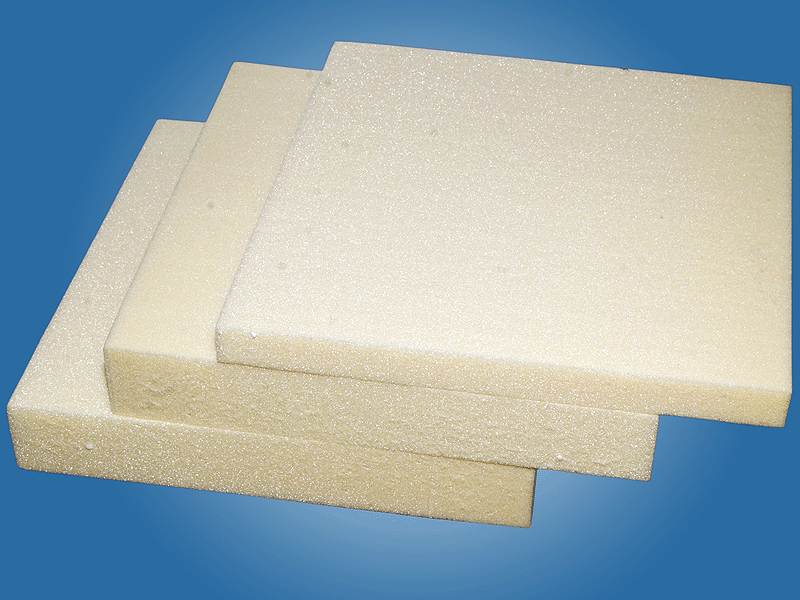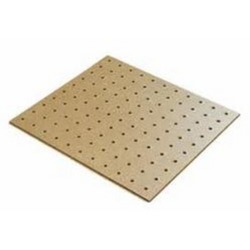Keep in mind that 50mm depth will only diffuse 1,000Hz (1kHz) and higher.Foam Pyramid 50 mm is available for Rs.100/- sq: ft...(can act as diffusers)..
To address the vocal range (100Hz and up), the diffusers need to be 50cm (20 inches) deep.
That might be OK for professional studios, but impractical for residential homes.




